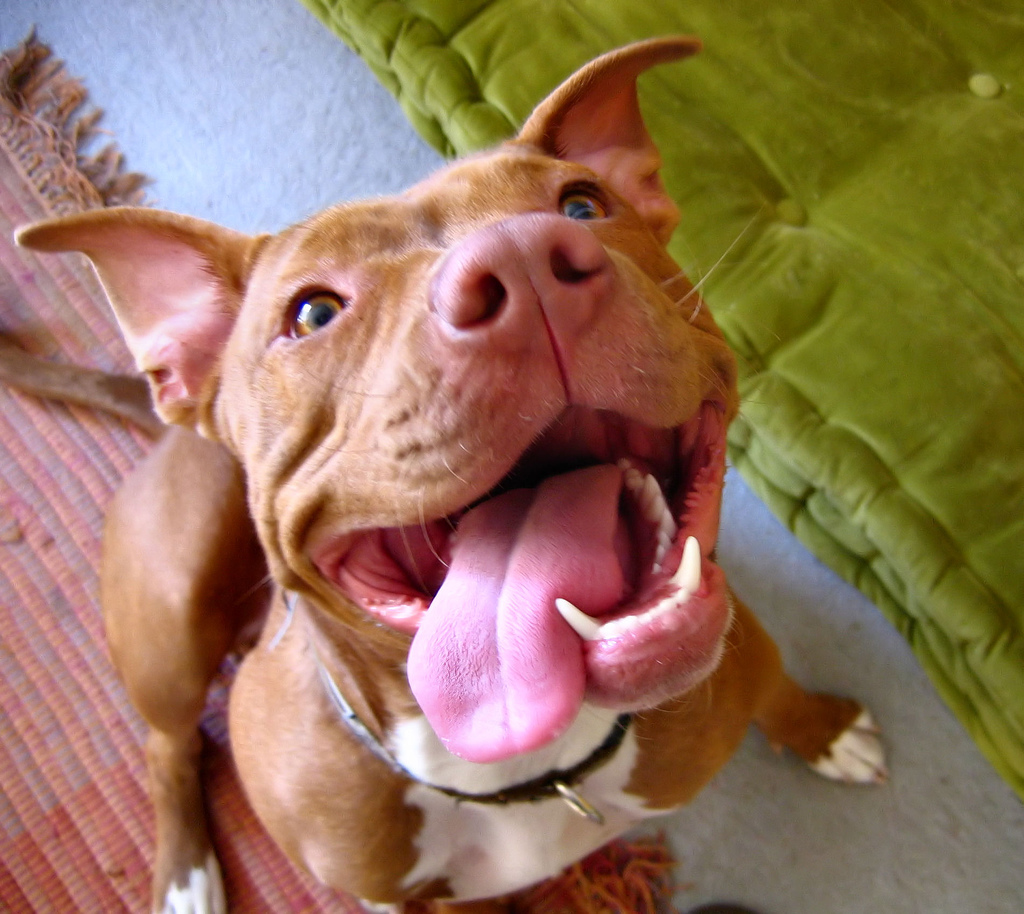
Mindfulness is a concept everyone can embrace, and it comes with incredible benefits. A study found even a short introduction to mindfulness techniques can provide significant results.
What is Mindfulness?
Mindfulness is simply being acutely aware of the world around you and accepting the situation you’re in without any judgment. Perhaps you’re in the driver’s seat of a car and experiencing driving fear about crossing an upcoming bridge.
Instead of falling prey to the swirling batch of anxious thoughts that may be instilling you with fear and panic, mindfulness lets you look at the situation without the fear or panic attached. The situation is what it is, no more or no less. It’s neither good nor bad, happy or sad, scary or inviting. It’s the anxious thoughts that place a judgment on the situation; the situation itself is neutral.
Mindfulness Study
A study published in “Social, Cognitive, and Affective Neuroscience” found that even a quick, 20-minute introduction to the concepts of mindfulness had a profound effect. The study specifically looked at mindfulness in relation to physical pain and negative emotions. It did this by:
- Applying high levels of heat to study participants’ forearms
- Exposing participants to negative images
When using mindfulness techniques, participants said they experienced less physical pain and a reduction in negative emotions than they normally would with their typical responses.
Brain imaging scans backed up the participants’ observations, showing a notable decrease of brain activity linked to negative emotions and pain.
Techniques for Driving Anxiety
Whether you’re experiencing physical discomfort or driving fears and anxiety, tapping into the power of mindfulness can help. Below are a few techniques you can try the next time you feel anxiety creeping into your body.
Be Compassionate with Yourself
One study found that people with high levels of self-compassion are less inclined to suffer from depression and anxiety. The technique here would be to kind to yourself. Treat yourself as you would treat a friend. Remember you are human, and it’s OK to feel the way you do.
Practice Self-Care
When you’re not getting adequate sleep, nutrition or exercise, the body can experience imbalances. These physical imbalances can contribute to anxiety, as can behaviors and actions that are unethical or unkind.
Don’t Forget to Breathe
Taking slow, deep breaths can help bring you out of anxiety and back into the moment. Anxiety and fear tend to make us breathe more quickly and shallow, which then exacerbates the physical symptoms of anxiety.
Take a moment to engage in a mindful breathing practice. Tips for mindful breathing include:
- Acknowledge the anxiety exists.
- Let the breath fall into wherever the anxiety is affecting your body.
- Deeply inhale, penetrating the anxiety with your breath. Don’t try to chase the anxiety away. Breathe into it instead.
- Exhale the anxiety, again without chasing it away. Just letting it be.
- Repeat for as long as needed, breathing into and exhaling the anxiety.
Don’t judge the anxiety. Just let it be. When it’s not being chased away or fought, it’s more likely to lose its power and hold. Then stay in the moment, remembering the moment is neutral – and your only job is to do the next right action that’s needed to move forward.
SOURCES:







